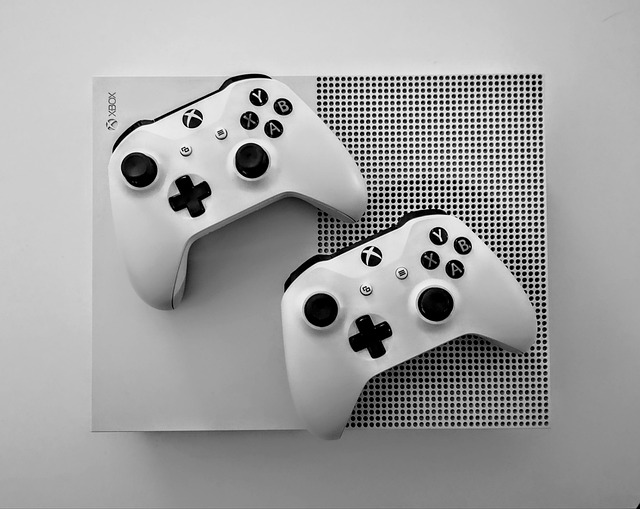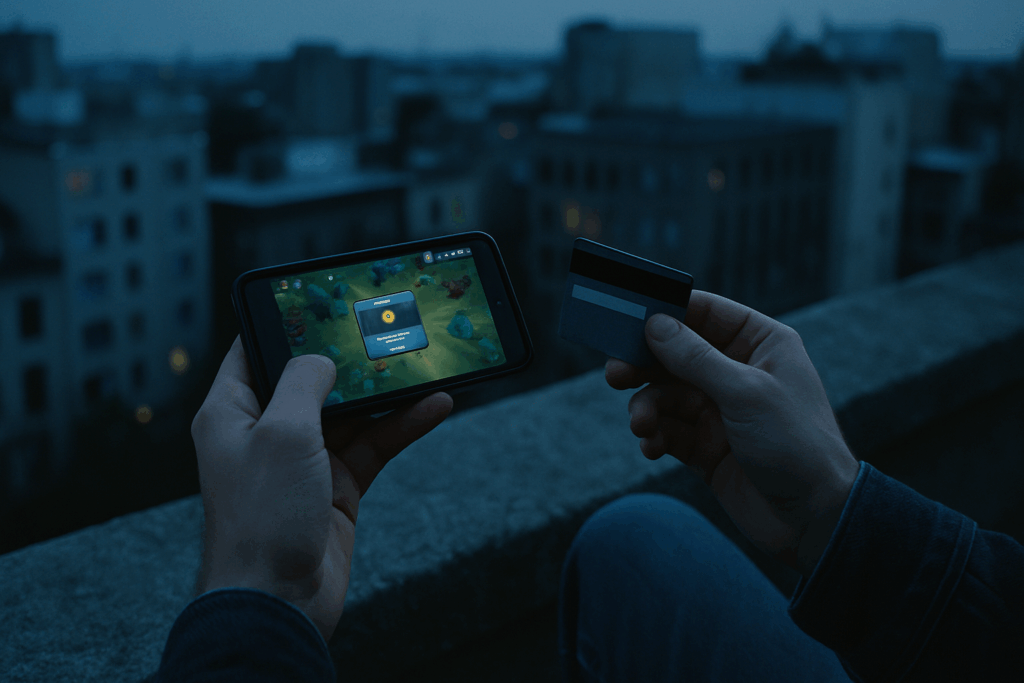The latest installment in the Call of Duty franchise dropped with the kind of fanfare you’d expect from one of gaming’s most enduring titles. This time around, we got Call of Duty: Modern Warfare III. The name feels familiar because it is. Activision has leaned heavily on nostalgia, bringing back maps, characters, and story beats from earlier titles. What’s new? A fresh campaign, tighter multiplayer mechanics, and minor upgrades to movement and loadouts. What’s recycled? A long list—most notably, a heavy reliance on content from previous Modern Warfare games.
Fans were promised a bold continuation of the rebooted Modern Warfare saga. They got a follow-up that feels more like an expansion than a total reinvention. Still, it matters. In a saturated FPS market where Fortnite evolves daily and Battlefield keeps trying to reclaim lost ground, Call of Duty remains a juggernaut. This installment reinforces that dominance, not by innovating wildly, but by giving longtime players exactly what they expect with just enough polish to keep the cycle rolling.
Whether that’s enough for tomorrow’s gamers is a different question.
Visual Fidelity and Audio Design
From the first boot-up, the visual polish is hard to ignore. High-resolution textures, dynamic lighting, and detailed environments push the limits on both console and PC. Explosions light up the screen without tanking frame rates. Atmospheres feel thick, whether you’re moving through neon-soaked city streets or fog-drenched forests. It’s not just flash — it’s functional immersion.
Sound design holds up its end. Gunfire has weight and direction. Footsteps tell a story before anything appears on screen. Indoor firefights echo differently than outdoor ones — a subtle touch that makes a big difference. Weapon audio is crisp and varied, giving every loadout a distinct voice.
Across platforms, performance stays smooth. Unlike previous years, there’s less of a gap between console and PC. Load times are tighter, frame rates more stable, and visual settings properly tuned for each platform. It all adds up to a clean, immersive experience that doesn’t get in its own way.
Bugs, Glitches, and Day-One Woes
A Growing Concern Across Platforms
More and more, players are launching games only to encounter bugs, glitches, and frustrating performance issues within the first few minutes of play. These problems are no longer isolated incidents—they’re becoming a regular part of major releases.
- Frame rate drops on consoles and PC
- Audio sync issues, disappearing textures, and inconsistent AI behavior
- Crashes on launch, even after preloading
Patch Culture vs. Polished Releases
Rather than shipping a fully finished game, many studios are now relying on post-launch updates to fix issues. While day-one patches are expected in modern development cycles, players are questioning why major flaws make it through QA.
- Players are downloading large fixes immediately after installing
- Initial reviews often reflect broken builds and not the final experience
- “Just wait for the patch” is becoming an accepted mantra, for better or worse
The Community Reaction
Fans are growing less patient with recurring technical failures. Faith in pre-orders and early access is eroding as launch problems begin to feel inevitable.
- Social media and forums light up with bug reports within hours of release
- Refund demands are increasing on platforms like Steam
- Review bombing and score drops tied directly to game stability
Creator trust is on the line, and for many developers, consistent launches riddled with issues are costing more than just a few early players—they’re damaging long-term reputations.
Call of Duty isn’t going anywhere, but in 2024, it feels like it’s holding court in a very different kind of kingdom. Once the dominant symbol of high-octane, kill-or-be-killed gaming culture, the franchise now exists alongside a major tonal shift in player preference. Cozy gaming is on the rise. Think soft colors, lo-fi soundtracks, no pressure to win or even finish. It’s not just a style—it’s a vibe.
Call of Duty, with its sharp edges and constant adrenaline, now feels like the loud guy in a quiet café. That doesn’t mean it’s irrelevant. Millions still log in daily for the competition, the gear grind, the tight mechanics. But culturally, it’s a contrast piece now. A stark reminder of gaming’s roots in intensity and escapism, while a growing number of players are logging in just to vibe, decorate, or decompress.
This doesn’t put Call of Duty in danger—it just makes its role clearer. It serves thrill-seekers. But the context around it has changed. Gamers are more willing to define their fun in softer terms. For more context on the cozy wave redefining the rules, check out The Shift Toward Cozy Gaming: What Players Are Saying.
If you’ve played the last few installments, this one will feel mostly familiar. That can be good or bad, depending on what you’re looking for. For veterans, the core mechanics are tight, and the polish is hard to deny. The shooting feels great. The maps are sharp. It’s a well-oiled machine. But if you were hoping for bold changes or innovative systems, this isn’t it. It’s more fine-tuning than reinvention.
Newcomers, though, might find real value here. The learning curve is gentler, the onboarding smarter, and the experience more balanced than in years past. There’s enough refinement to make it approachable without dumbing things down.
In short: if you’re chasing that classic feel but with smoother edges, you’re in the right place. If you’re burned out or hungry for something fresh, you might want to sit this one out. This is a game for players who know what they like and don’t mind seeing it one more time—just dressed better.





